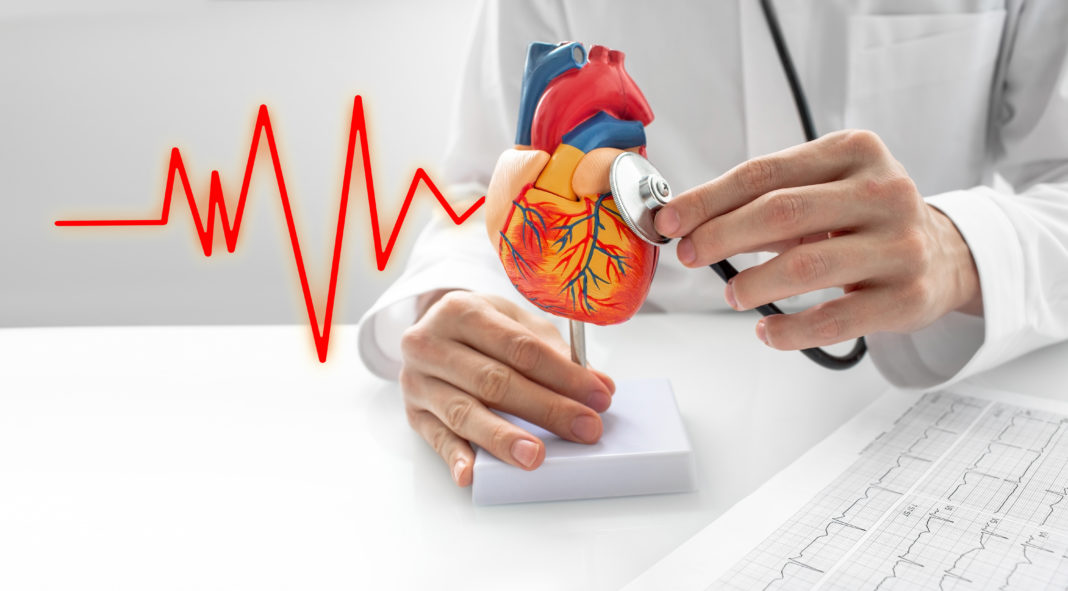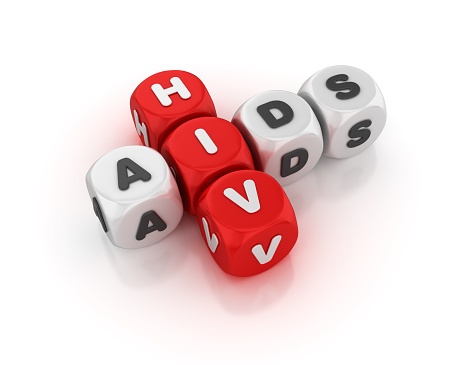Women with substance use disorders face difficulty accessing care for sexual and reproductive health services as well as prevention and drug treatment of human immunodeficiency virus (HIV), according to a study in Women’s Health. Britton Gibson, MPH, MD, and colleagues evaluated women with substance use disorders enrolled in trials on pre-exposure prophylaxis for HIV and found that, while they accessed some health services, they did not do so in a way that met all of their needs.
The study included a total of 226 women, among which 173 were of reproductive age, from two concurrent clinical trials. The investigators used descriptive analyses and bivariate logistic regression to examine variables affecting contraceptive use, as well as utilization and outcomes of other essential health services.
Most of the women had histories of unintended pregnancies (79.2%) or miscarriage (45.1%) and high-risk behaviors for HIV (53.5%). Additionally, though only 15% reported attempting to become pregnant, 61% of participants did not use contraceptives. The researchers observed that ongoing criminal justice involvement was associated with 2.22 higher odds of not using any form of contraception (95% confidence interval [CI], 1.09–4.53; p = 0.03). They further highlighted that while hazardous drinking was more frequent in women with criminal justice involvement, it demonstrated a protective function against not using contraceptives (odds ratio [OR] = 1.33; 95% CI, 0.13 0.81; p = 0.02).
According to the study’s authors, this is the first study to identify social characteristics that impact usage of contraceptives and other health services in a population of women with substance use disorders who were engaging with pre-exposure prophylaxis. Their report concluded with the suggestion that “integrated sexual and reproductive care should align women’s expressed sexual and reproductive health intentions with their behaviors and outcomes, by addressing social determinants of health.”
Source: Women’s Health









